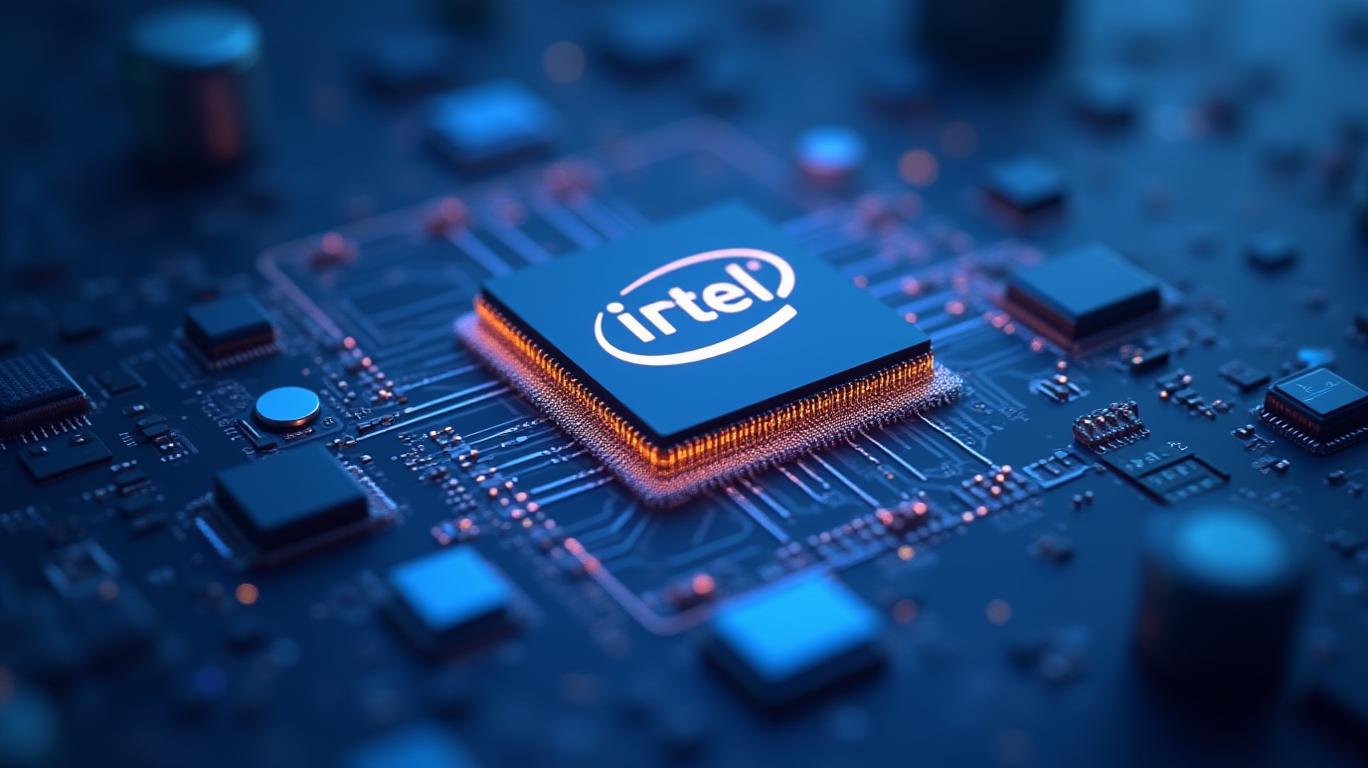Intel's 18A Node and TSMC Partnership: A High-Risk, High-Reward Turning Point
In the semiconductor race, few bets are as daring—or as potentially transformative—as Intel’s push to reclaim leadership with its 18A node. Pair this with whispers of a strategic partnership with TSMC, and you have a scenario where risk and reward collide spectacularly. For investors, the question is clear: Is Intel’s pullback to $18.51 a trap or a once-in-a-decade entry point into a “comeback story”?
The 18A Node: A Make-or-Break Catalyst for Intel
Intel’s 18A process node represents its most ambitious technological gamble yet. Leveraging RibbonFET gate-all-around transistors and PowerVia backside power delivery, this node aims to deliver a 10-15% performance-per-watt improvement over its predecessor,
3. Crucially, its Panther Lake processors—slated for high-volume manufacturing (HVM) by late 2025—could finally put Intel on par with TSMC’s 3nm and Samsung’s 2nm nodes.
But execution is everything. While risk production for 18A began in Q2 2025, delays in its Ohio fab (now pushed to 2030) and lingering doubts about yield rates could derail progress. Success here, however, would unlock a $130 billion addressable market in AI, HPC, and custom silicon—a domain where Intel’s foundry business is critically underpenetrated.
The TSMC Partnership: A Lifeline or Pipe Dream?
A joint venture (JV) with TSMC has been floated as a potential game-changer. The proposed structure—a 20% stake for TSMC in Intel’s U.S. fabs, with shared ownership among U.S. tech giants—could merge Intel’s scale with TSMC’s cutting-edge processes. This would:
- Accelerate 18A adoption: TSMC’s expertise could improve yields and shorten Intel’s learning curve.
- Unlock $100+ billion in U.S. incentives: Aligning with CHIPS Act subsidies would offset Intel’s $18.8B 2024 net loss.
- Stabilize supply chains: Diversify production risks amid geopolitical tensions.
Yet TSMC has categorically denied active talks, citing no “formal discussions.” Internal Intel resistance—worried about layoffs and ceding control—adds friction. The risk? Overhyping a partnership that never materializes could crater investor confidence.
Valuation: Undervalued Metrics vs. Near-Term Headwinds
Intel’s valuation screams opportunity—if the risks pay off. At $18.51, it trades at 1.56x P/S and 0.79x P/B, well below peers like AMD (3.1x P/S) and NVIDIA (5.7x P/S). Analysts see a 34% upside to a $25 price target, assuming 18A’s success and foundry traction.
But near-term hurdles loom:
- Margin pressure: Foundry investments and legacy chip losses could keep EBITDA margins below 20% through 2026.
- Execution risks: A misstep on 18A’s yield or Panther Lake’s launch could trigger another selloff.
The Inflection Point: Buy Now, or Wait for Proof?
The calculus is stark. On one hand:
- Undervalued fundamentals + strategic catalysts (18A, foundry growth) suggest asymmetric upside.
- TSMC’s indirect support: Even without a JV, TSMC’s 4nm Arizona plant and 2nm roadmap could create a “halo effect” for U.S. semiconductor stocks.
On the other:
- Overhyped hopes: The TSMC JV is speculative, and 18A’s delays could reignite bearish sentiment.
- Structural challenges: Intel’s legacy costs and manufacturing legacy may limit its turnaround speed.
Conclusion: A Call for Aggressive Opportunism
Intel’s stock is a high-risk, high-reward binary bet. The $18.51 price represents a 25% discount to its 2020 peak and a valuation floor if 18A succeeds. Even without a TSMC JV, the node’s potential to win AI/ML contracts—and the $15B Microsoft deal already secured—creates tangible upside.
Investors who can stomach volatility should allocate 3-5% of a portfolio to INTC, using the $18.51 entry as a base. Set a trailing stop at $16.50 and target $25 by Q4 2025, with a $30+ ceiling if Panther Lake’s performance exceeds expectations.
The clock is ticking: 18A’s HVM is coming. Will Intel’s comeback story materialize, or will it remain a pipe dream? The next six months could decide it all.
Risk Disclosure: Semiconductor manufacturing is capital-intensive and subject to delays. Do not invest more than you can afford to lose.

Comments
No comments yet